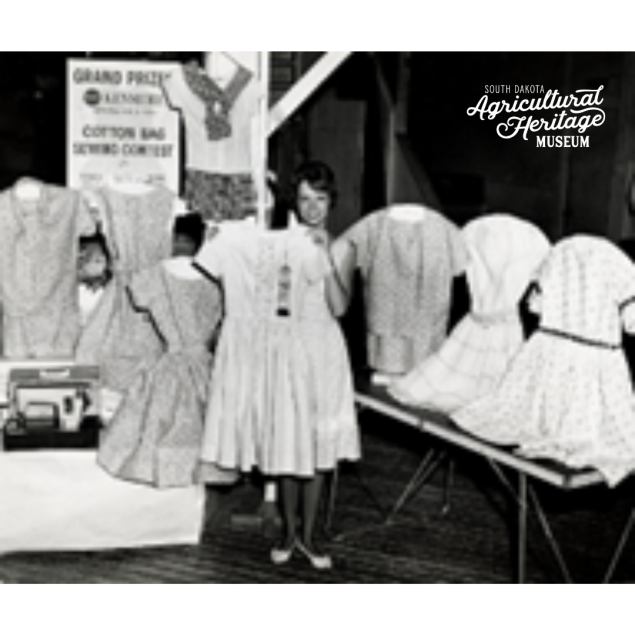
During the Great Depression of the 1930s, resources became scarce all over the country, hitting rural areas hard. People lost livelihoods and homes. To survive, people became creative—they recycled, made-over and made things last. Many have memories of wearing clothing that mother made from feed sacks.
Affectionately known as “chicken linen,” feed, seed, flour and sugar sacks were a source of yard goods for many rural women. They turned these colorfully printed sacks into aprons, dresses, children’s clothing, shirts, underwear, pillowcases, curtains and other domestic items. In the 1930s, bag manufacturers came up with a brilliant marketing strategy—print the bags in solid colors and prints. The bag companies hired artists to design patterns with floral designs, geometric designs, stripes, polka dots, border prints and children’s prints. A 100-pound bag, with side seam opened, measures 39 inches by 46 inches. Four bags of matching print are 4 yards of fabric, the minimum needed to make a dress.
Throughout the 1950s and 1960s, contests sponsored by the bag manufacturers and the National Cotton Council were popular with 4-H sewers and other sewers. They entered their dress, quilts, aprons, pillowcases, shirts, blouses and luncheon sets at county and state fairs. Winners of the competitions won cash, sewing machines, appliances and vacations. This young woman was awarded a ribbon at the Pennington County Fair for her dress created from cotton bags.

